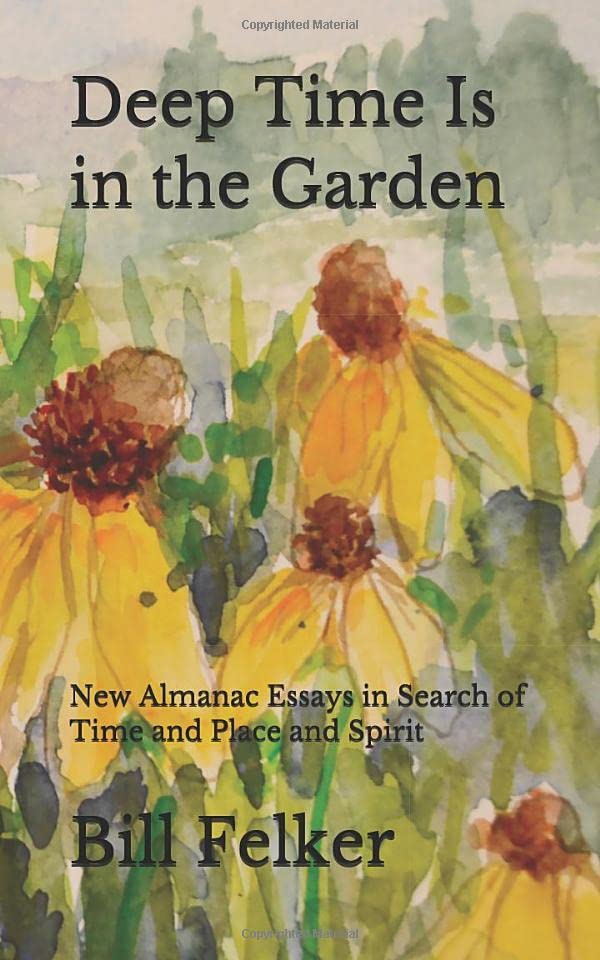In his poem, “Gardens,” the Spanish author, Jorge Guillen, suggests that the strata of deep time are cumulative and that such compression and blending bring years and events together, meld them and make the soul. ‘In these essays, most of which I wrote for my column in the Yellow Springs News, I look for those strata and try to tell my story with them. It is a story about finding the seasons, and discovering home and myself, about my engagement with and disengagement from Roman Catholic liturgy and theology, the sacred time of the Church year becoming a complement to the sacred stories of nature’s cycles. As I explored nature close to my home, I found a wider garden entangled with the layers of my emotions and ideas. My notes took the form of a daybook from which I made an almanac with which I follow the year over and over. Most days I write an entry about the weather or what is blooming or not blooming in the garden, what is happening to the trees or with the birds. Each entry follows the previous entries for the same day and that sequencing seems to compress time for me, ties the years together with a cord of attention and recollection.In my daybook notes, I find that the repetition of events in nature from year to year creates a kind of radial time, a deep time that connects cycles and removes the distinction between experience and memory. Repetition is the source of temporal layering, which is the scaffodilng of deep time. With memory, repetition and layering blur the line between one summer and the next. All summers become one summer. The observation of one flower during one year becomes indistinguishable from similar observations in the past. Change becomes static, consciousness free. Repeated practices become a path to home and self. Many gardens become one garden, a “clarity of so many afternoons, together forever.”
By Bill Felker


